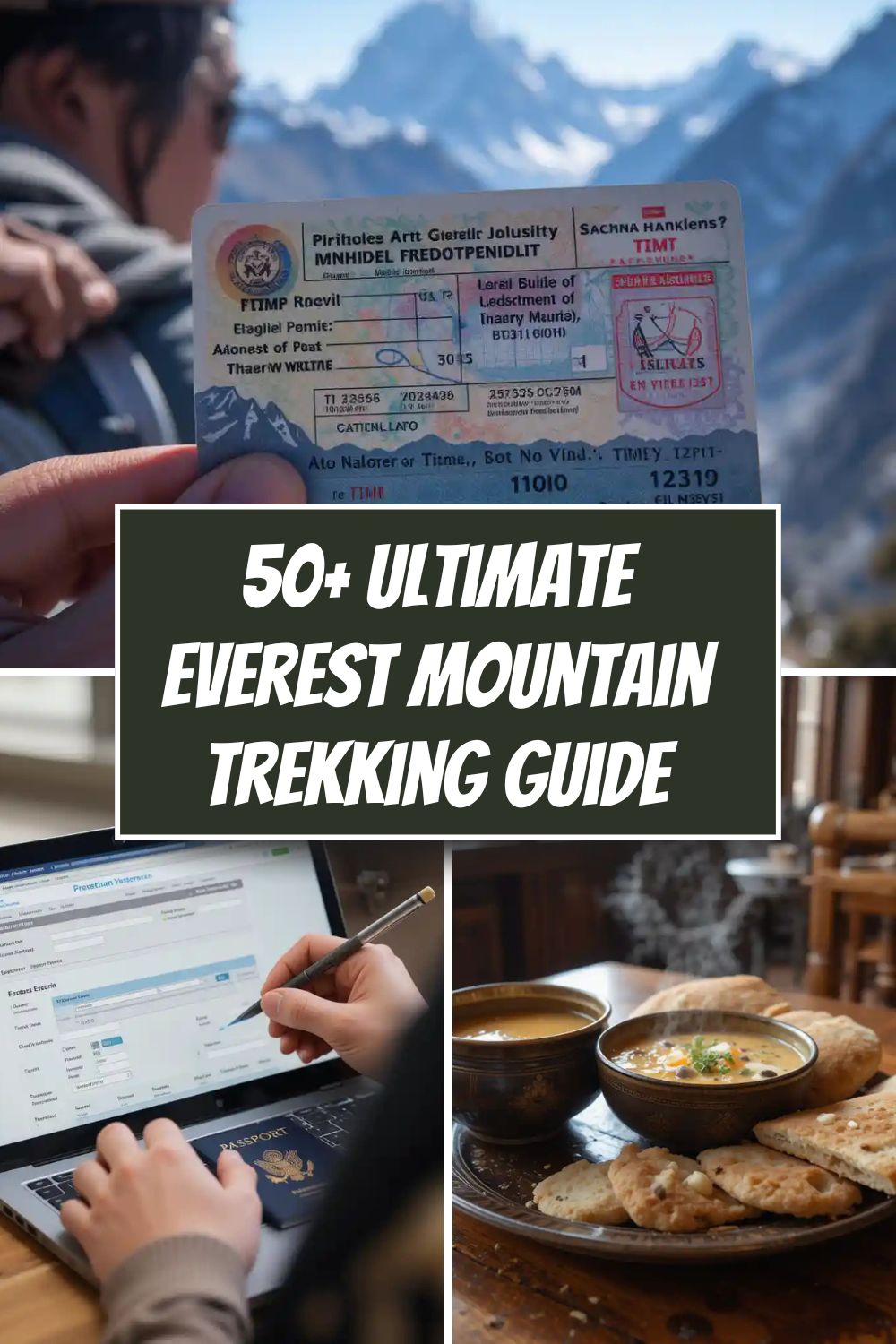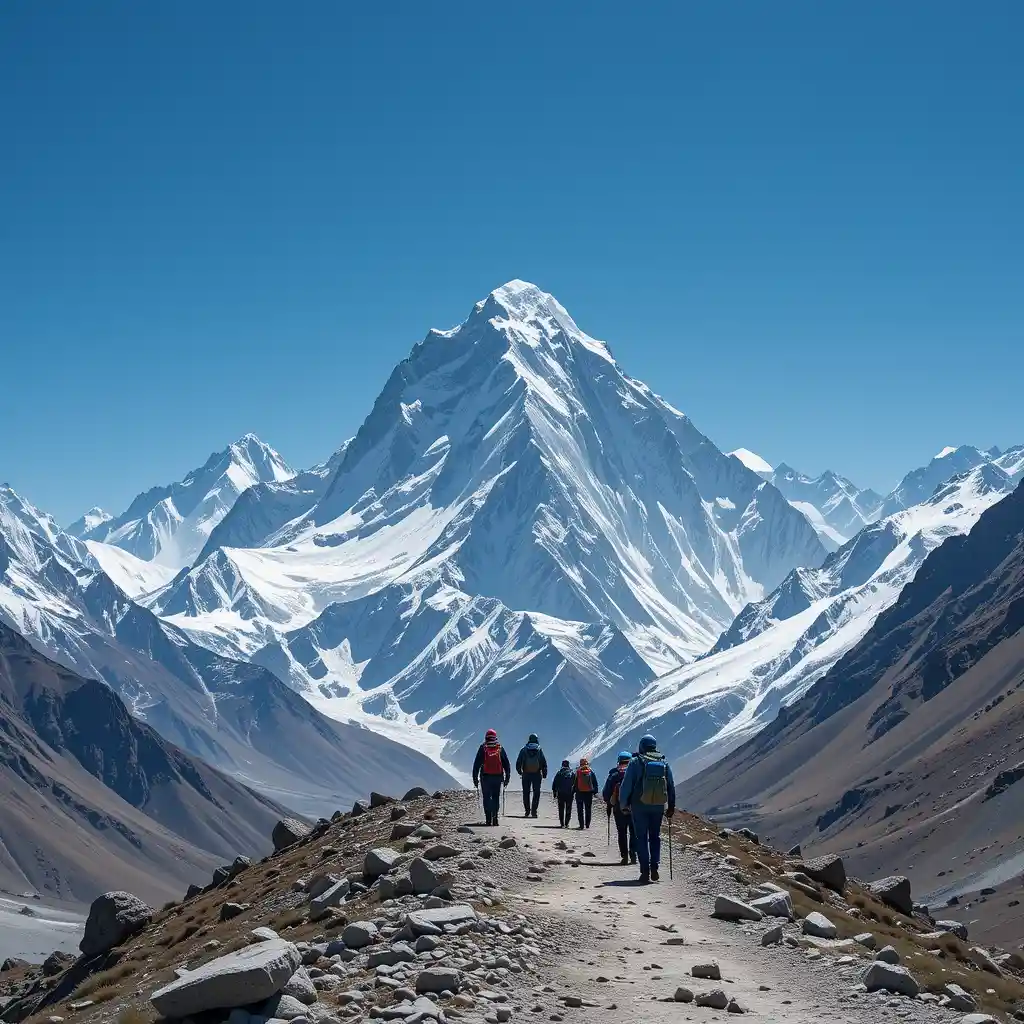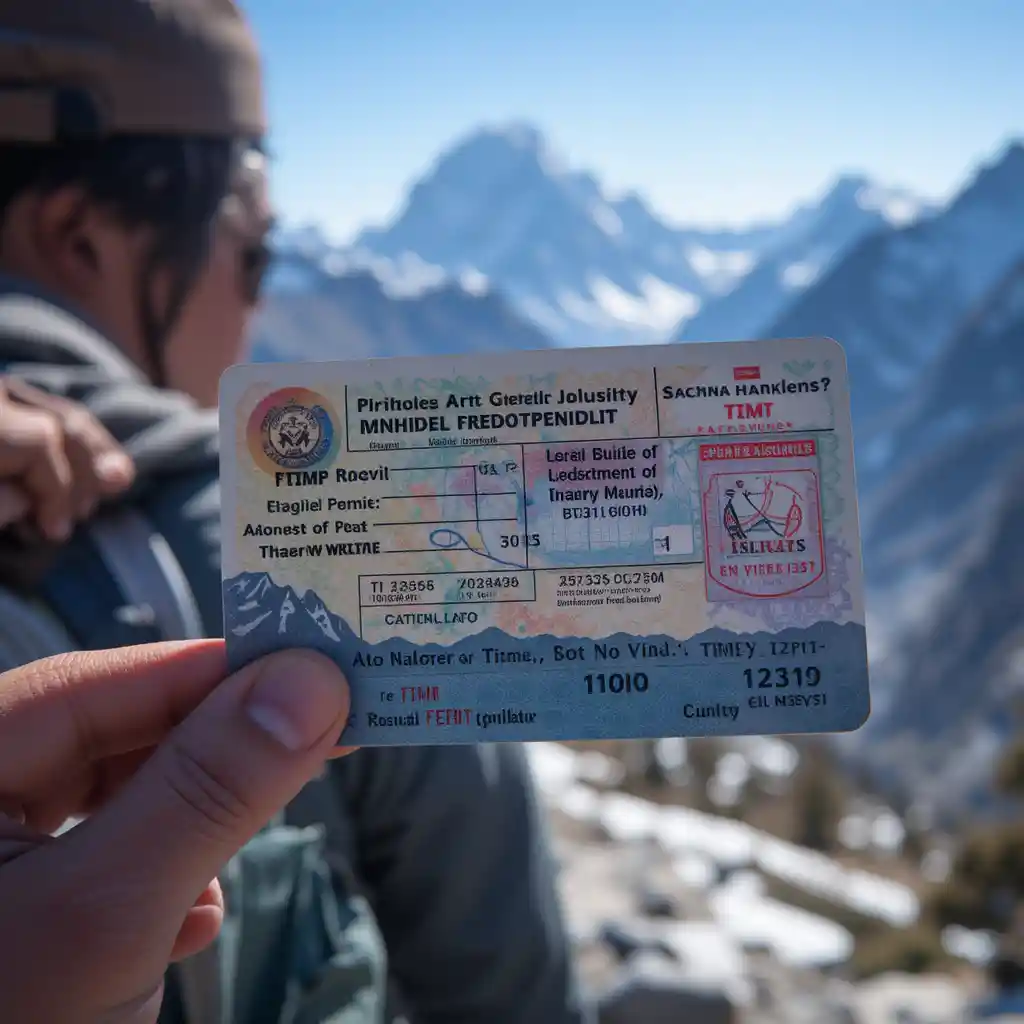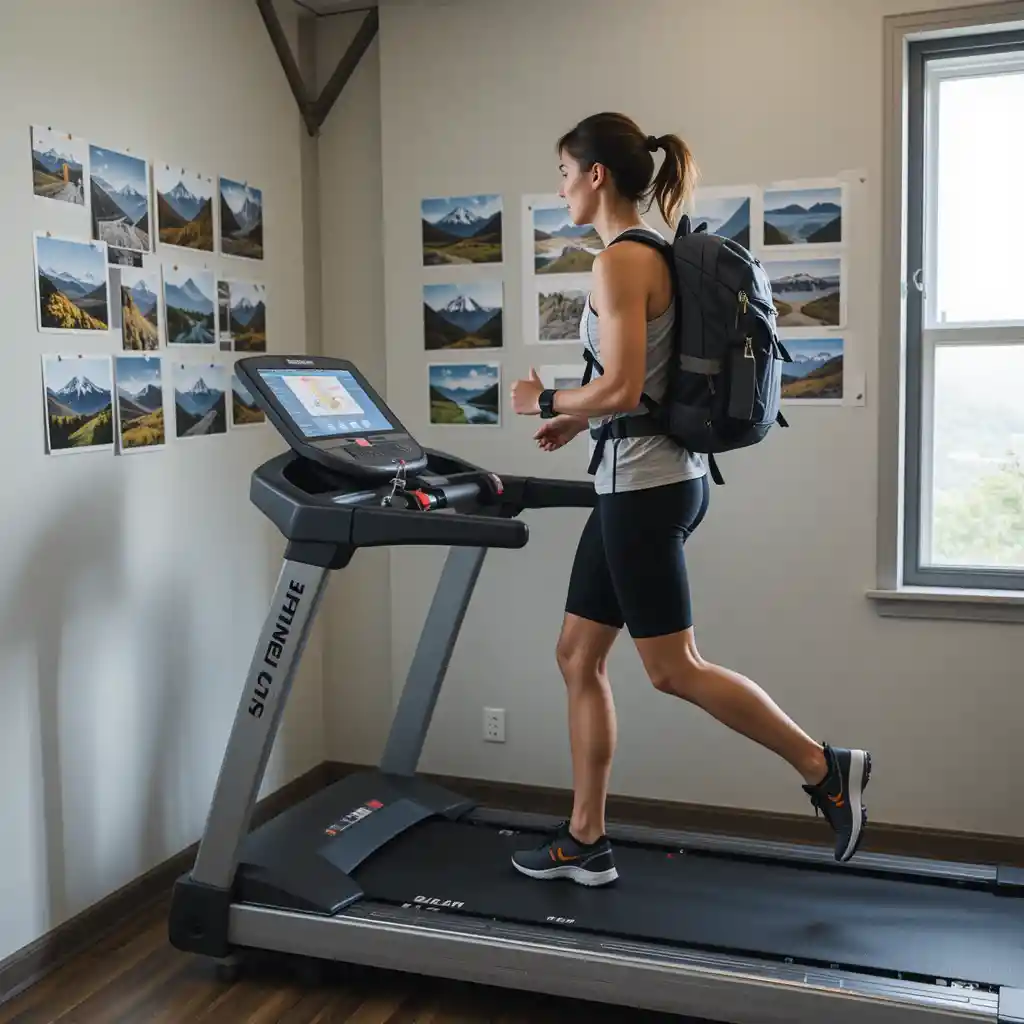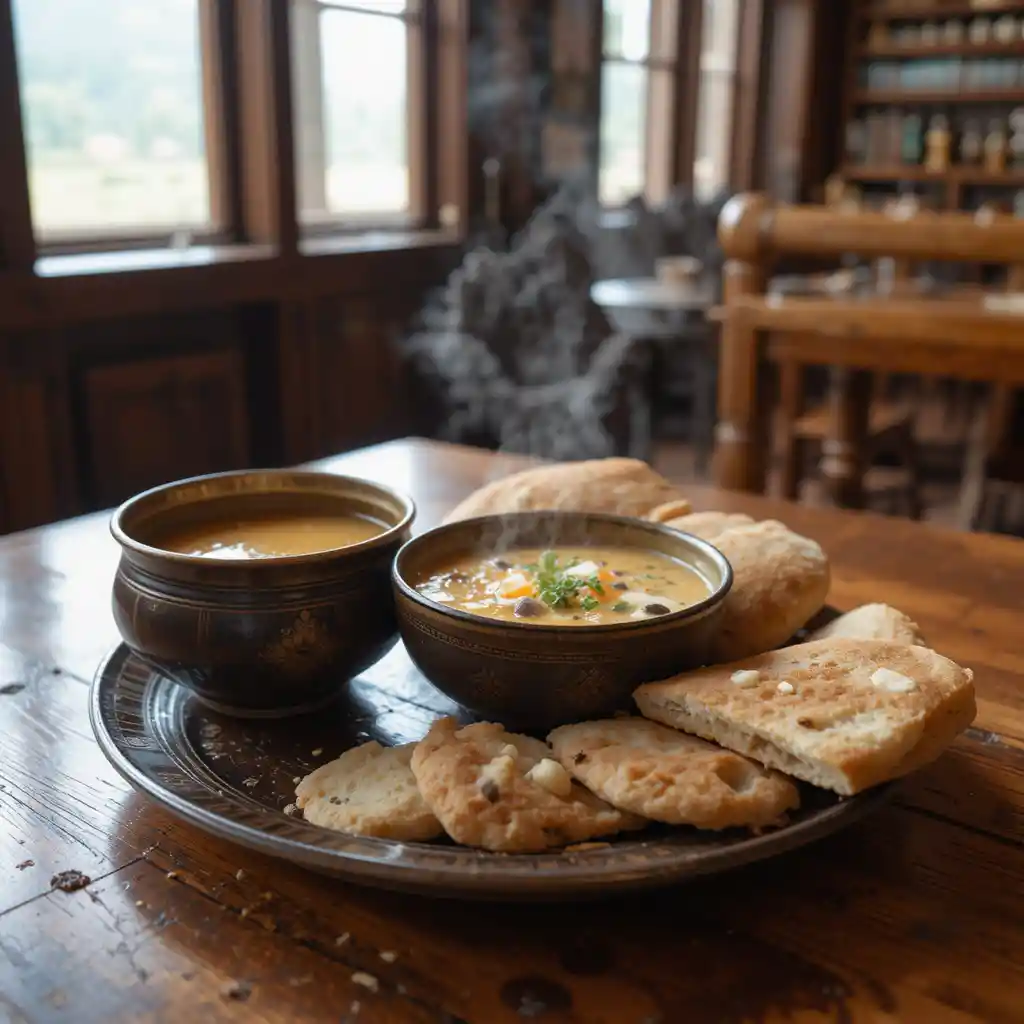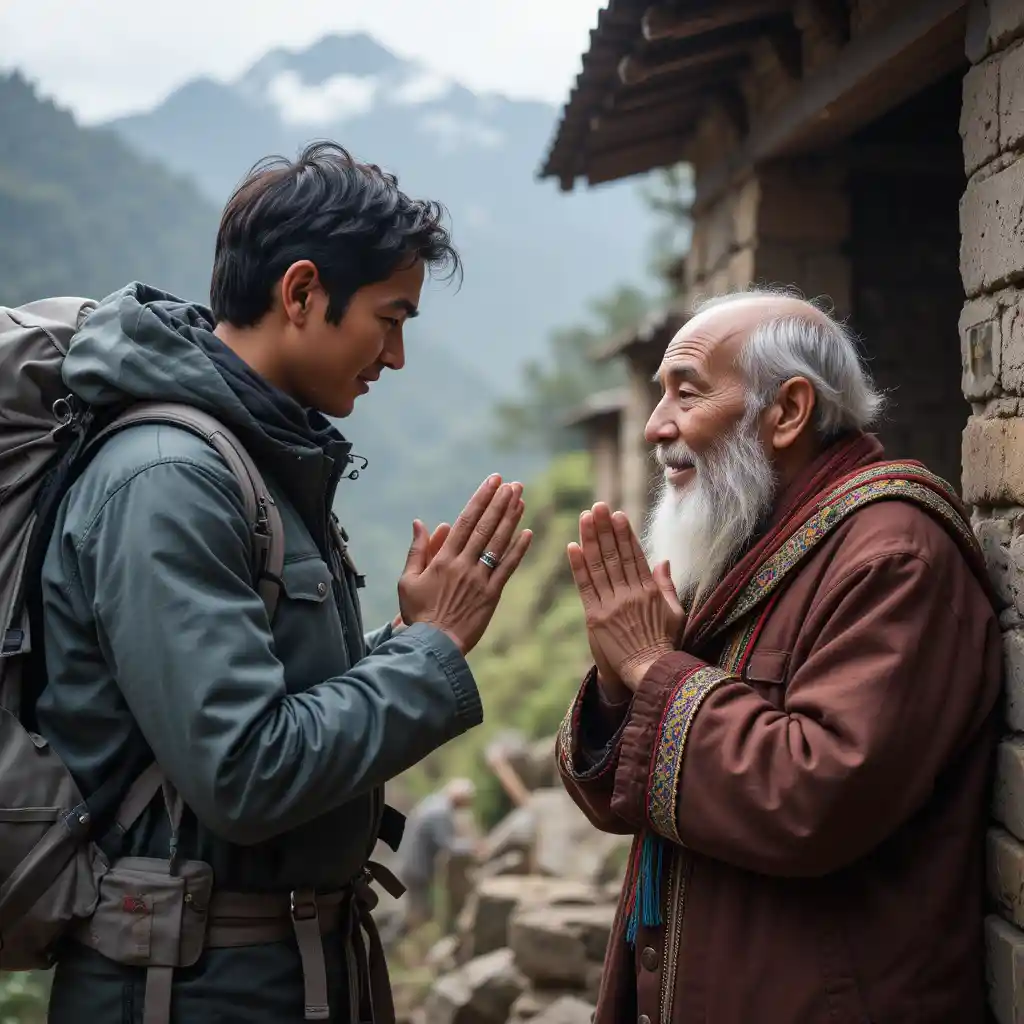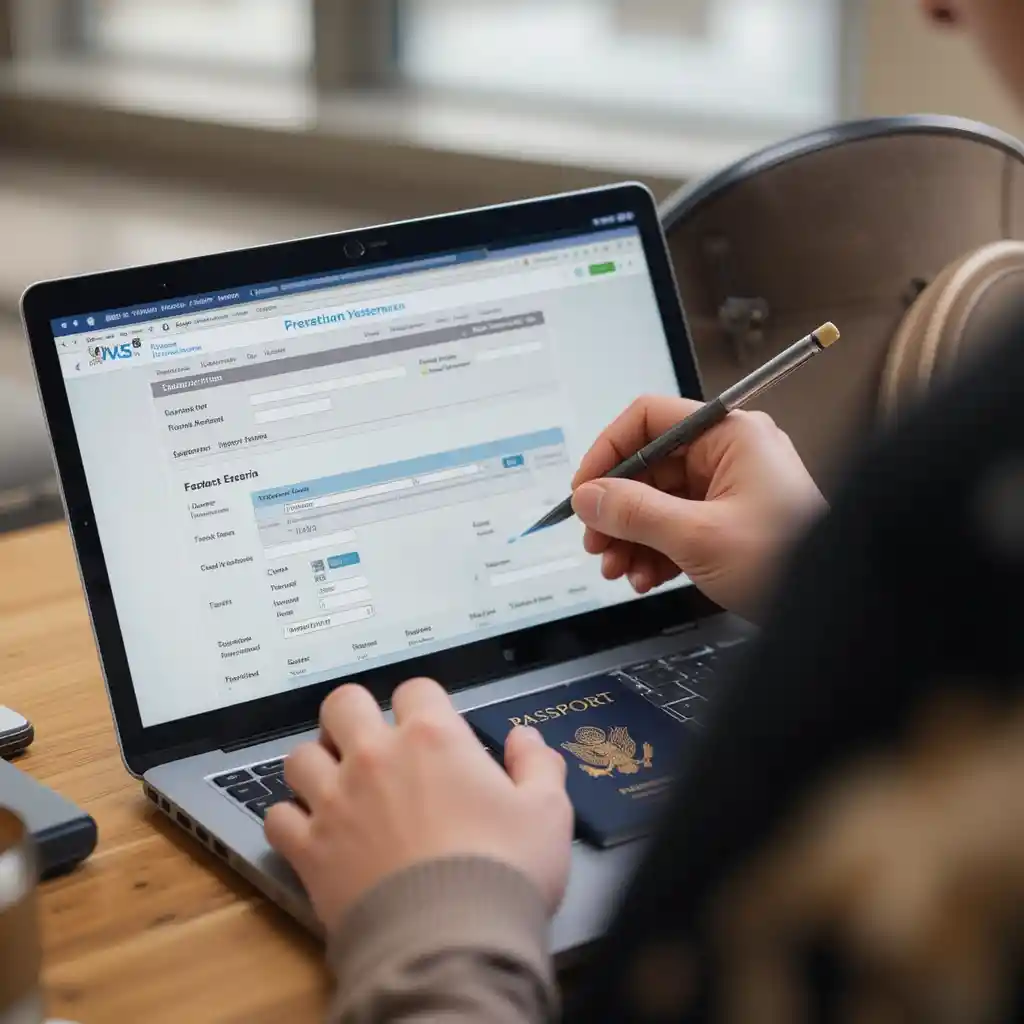Embarking on a journey to Everest Mountain is not just a trek—it’s a once-in-a-lifetime adventure that blends natural majesty, cultural immersion, and personal triumph. Towering at 8,848 meters (29,029 ft) above sea level, Everest Mountain, the world’s highest peak, lures trekkers and mountaineers from every corner of the globe. Whether you’re dreaming of reaching Everest Base Camp (EBC) or tackling the summit itself, the trails of this iconic mountain promise unforgettable experiences.
Ultimate Everest Mountain Trekking Guide: Routes, Tips & Essentials
From the bustling streets of Lukla to the quiet majesty of Namche Bazaar, the Everest region is a tapestry of glaciers, prayer flags, yak caravans, and panoramic Himalayan views. But trekking Everest Mountain isn’t just about the destination—it’s about preparation, acclimatization, gear, local guides, and understanding the region’s spiritual and ecological significance. ❄️🧘♂️🗺️
In this comprehensive guide, we’ll walk you through 50+ essential insights—covering everything from the best trekking routes and safety tips to cultural etiquette, weather conditions, and gear checklists. Whether you’re a first-timer or a seasoned hiker, this article will help you plan smarter, trek safer, and make the most out of your Everest Mountain adventure. 🥾🌄📸
📍Popular Routes to Trek Everest Mountain
1. Everest Base Camp Trek (EBC)
- Most iconic route
- Takes around 12-14 days
- Begins from Lukla
2. Gokyo Lakes Trek
- Offbeat and less crowded
- Stunning glacial lakes
- Includes the Gokyo Ri viewpoint
3. Three Passes Trek
- Challenging yet rewarding
- Includes Renjo La, Cho La, and Kongma La passes
- Scenic and remote
4. Jiri to Everest Base Camp
- Starts from Jiri instead of Lukla
- Adds cultural value and extra days
- Fewer trekkers
5. Everest View Trek
- Shorter and easier
- Great for families and beginners
- Offers panoramic views without reaching EBC
🚩 Trekking Permits & Entry Requirements
6. TIMS Card (Trekkers Information Management System)
- Essential for safety tracking
7. Sagarmatha National Park Entry Permit
- Required for entering the national park zone
8. Khumbu Pasang Lhamu Rural Municipality Permit
- Mandatory for all trekkers in the Khumbu region
9. Where to Get Permits
- Kathmandu (Tourism Board Office)
- Monjo entry checkpoint
10. Keep Multiple Copies of Permits
- For checkpoints and backup
💪Physical Preparation & Fitness Tips
11. Train at least 8 weeks in advance
- Focus on cardio and endurance
12. Practice hiking with a loaded backpack
- Mimic real trek conditions
13. Stair climbing and hill training
- Strengthens leg muscles
14. Yoga and stretching
- Improve flexibility and prevent injuries
15. Consult a doctor if you have any health conditions
- Especially heart or lung issues
🌊Acclimatization & Altitude Tips
16. Follow “climb high, sleep low” rule
- Helps prevent AMS (Acute Mountain Sickness)
17. Spend extra days at Namche Bazaar or Dingboche
- Crucial acclimatization points
18. Hydrate, hydrate, hydrate!
- 3-4 liters per day minimum
19. Avoid alcohol and smoking
- Affects oxygen levels and recovery
20. Know AMS symptoms
- Headache, nausea, dizziness
🎒 Essential Gear & Packing Checklist
21. Sturdy, waterproof hiking boots
- Proper ankle support
22. Layered clothing system
- Base, insulating, and outer layers
23. Down jacket and thermal wear
- For freezing temperatures
24. Trekking poles and gloves
- Improve balance and protect joints
25. Sleeping bag (rated -10°C or lower)
- Nights can be extremely cold
26. Headlamp and spare batteries
- Lodges often have limited electricity
27. Water purification tablets or bottle
- Safe drinking water
28. First-aid kit and personal medication
- Include Diamox for altitude
29. Snacks: energy bars, dry fruits
- Extra fuel for long days
30. Sunglasses and sunscreen
- Intense UV at high altitudes
🍽️Food, Water, and Teahouse Life
31. Typical meals in teahouses
- Dal Bhat, noodles, soup, pancakes
32. Bring reusable bottle for hot water refills
- Reduces plastic waste
33. Stick to vegetarian meals
- Avoid meat due to poor storage
34. Teahouse accommodation
- Cozy rooms with twin beds
35. Shower facilities are limited
- Wet wipes are your best friend!
🌿Cultural Etiquette & Responsible Trekking
36. Greet locals with “Namaste”
- Shows respect
37. Walk clockwise around mani stones and stupas
- Respect local religious customs
38. Don’t touch sacred objects or monks
- Considered disrespectful
39. Carry out all your trash
- Pack it in, pack it out
40. Support local businesses
- Stay in family-run lodges, buy local products
⛰️ Safety and Emergency Preparedness
41. Register with your embassy if traveling solo
- Useful in emergencies
42. Purchase travel and evacuation insurance
- Must cover high-altitude trekking
43. Know nearest health posts
- Like in Pheriche or Namche
44. Trek with a guide or in a group
- Safer and more informed
45. Weather can change rapidly
- Always be prepared for rain or snow
🌟 Best Time to Trek Everest Mountain
46. Spring (March to May)
- Rhododendron blooms, clear skies
47. Autumn (September to November)
- Best visibility, stable weather
48. Avoid monsoon (June to August)
- Slippery trails, leeches, flight delays
49. Winter (December to February)
- Quiet trails but extremely cold
50. Check local festivals like Mani Rimdu
- Cultural treat during October-November
🎉Extra Tips for a Memorable Everest Mountain Trek
51. Start slow and steady
- Avoid rushing to prevent AMS
52. Keep a journal or vlog
- Capture your journey and growth
53. Respect porters and guides
- Tip generously, acknowledge their hard work
54. Be mentally prepared for discomfort
- Cold, basic toilets, fatigue are part of the trek
55. Enjoy every moment!
- The Everest Mountain trek is not just a hike—it’s a life-changing experience!
Trekking Everest Mountain is a bucket-list adventure that blends culture, nature, and personal triumph. With this comprehensive guide, you’re better prepared to conquer the trails with confidence, respect, and joy. ✌️😎

I’m Lily Wilson, a traveler, storyteller, and soul-searcher from the sun-kissed shores of Hawaii. At LilyOnTheGo.com, every journey begins with curiosity, courage, and a trusty carry-on. Travel, for me, has never been about ticking places off a bucket list. It’s about chasing sunrises in unfamiliar cities, sharing laughs with strangers who become friends.

